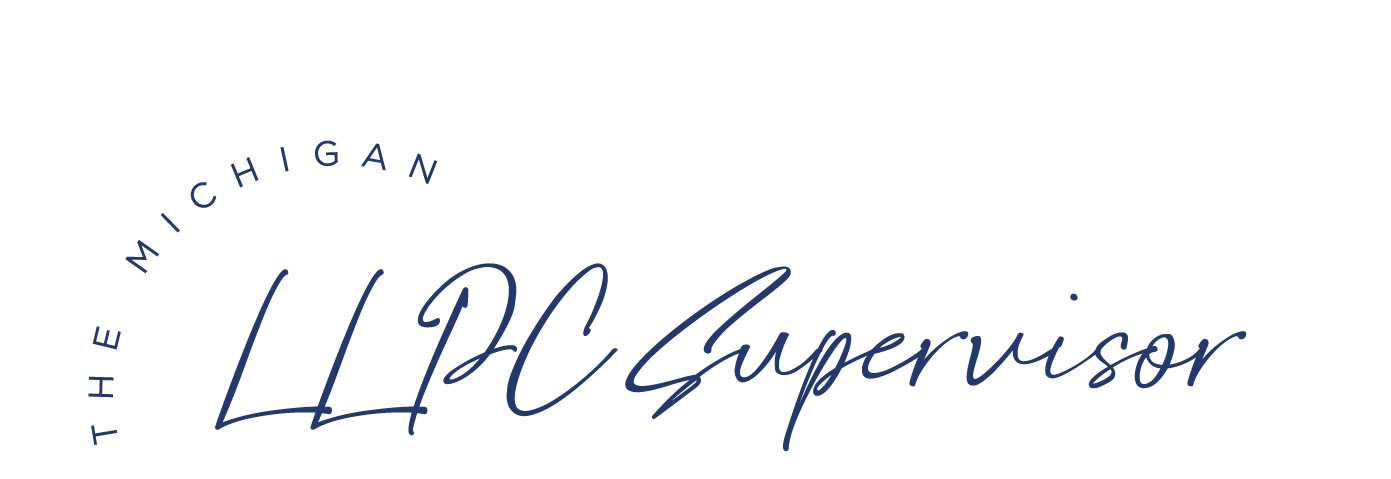How to Start a Successful Telehealth Counseling Practice in Michigan: A Complete Guide for LLPCs and LPCs
How to Start a Successful Telehealth Counseling Practice in Michigan: A Complete Guide for LLPCs and LPCs
Ready to start a successful online counseling practice in Michigan? This guide provides essential steps for LLPCs and LPCs, covering telehealth licensing requirements, tech setup, and client engagement tips. Learn how to transition to virtual therapy, attract clients online, and navigate Michigan’s telehealth regulations. Build a flexible, effective telehealth practice that meets the evolving needs of Michigan’s mental health clients.
Sign up to read this post
Join Now

